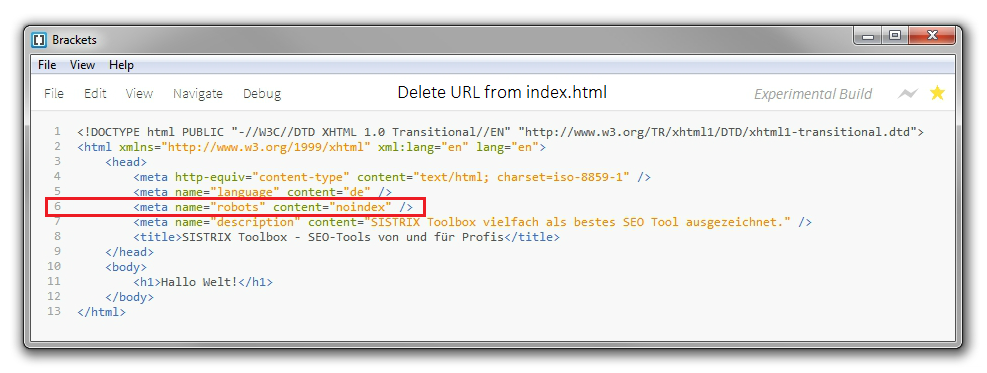Yesterday one of the DBA did a mistake and now we want to move the data file to other location.
We have There is two option for rename datafiles.
Option:1
1. shutdown the database
2. Rename or move datafiles at file system3. startup mount the database
4. rename datafiles in the database
SQL> alter database rename file '/db/u01/oradata/imerge1/dbuser_01.dbf' to '/db/u03/oradata/imerge1/dbuser_01.dbf';5. Open the database
Option: 2
1. Make the tablespace offline to rename or move datafiles
SQL> alter tablespace dbuser offline;2. Rename or move datafiles at file system
3. Now we need to rename or move the datafiles in the database
SQL> alter tablespace TBS_NAME rename datafile
'/db/u01/oradata/imerge1/dbuser_01.dbf' to '/db/u03/oradata/imerge1/dbuser_01.dbf';4. Online the tablespace which was made offline.
SQL> alter tablespace dbuser online;
I think that this will help all of us in the feature....

